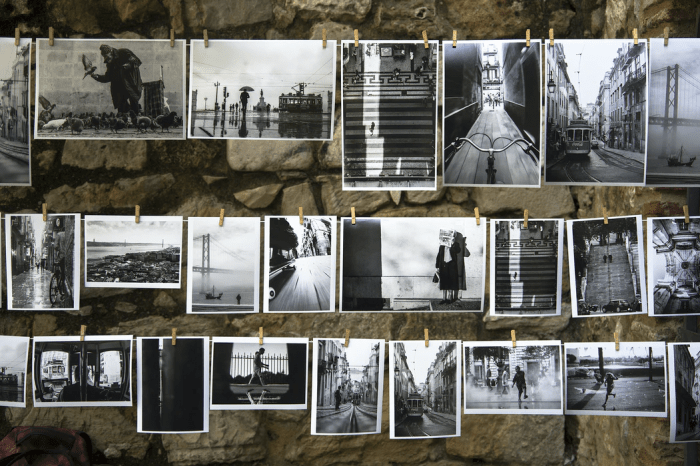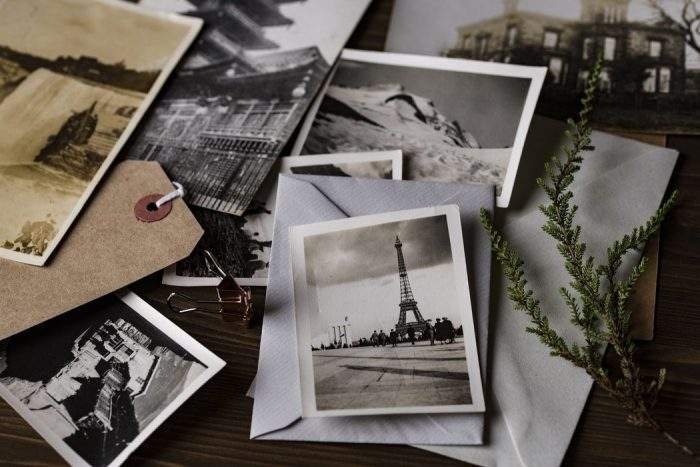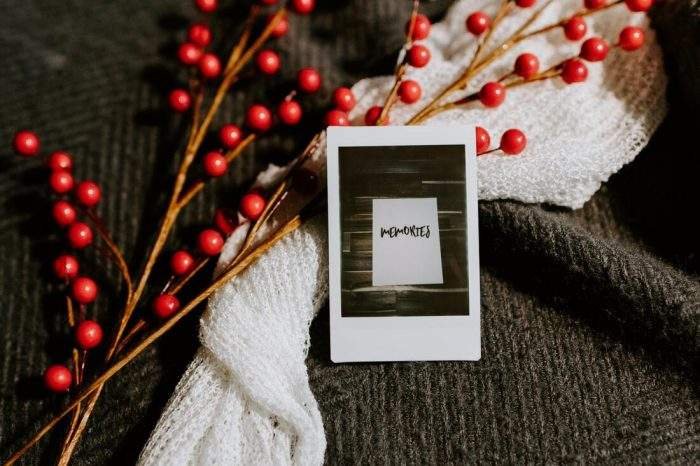Top 7 Tips On Turning Your Photos into Paintings

As artists, we devote a significant amount of time to honing our skills.
Then, tired from working on a drawing for hours on end, we sometimes overlook the most critical aspect of the process: photographing the job. Many of us are clueless about the details and settle for a few sloppy shots before diving into the photo to painting conversion process.
Since artists must upload work online for exhibits, grants, talks, and your Facebook profile page, good photography provides the first picture of your art and professionalism.
We also see artists with incredible artwork but have photographs taken in dimly lit, sloppy settings, distorting the original artwork.
Knowing how to shoot your work correctly can mean the difference between being admitted to an exhibition or gaining the favor of a critical client or gallery owner.
1. Take a look and make a decision.
Spend some time staring at the scene, much as you would when working from life. Figure out what you want to paint, where you want to crop your painting, what you want to leave out, what you want to concentrate on, what you want, what is less important, what you want to tell in this frame, and what painterly stuff you want to work on.
2. Make use of good quality equipment.
If you want a head start, invest in a good camera, a good computer monitor, and editing tools. For example, if you try to paint realistic portraits, providing high-quality pictures with a decent depth of color would make all the difference. Purchase a DSLR camera and an exemplary screen display. Get Photoshop Elements, Lightroom, or a similar program to help you manipulate photographs to suit your vision.

3. Learn more about various software.
You should begin working on your picture on a painting, in a sketchbook, or on the screen. On the screen, you can crop, sketch, paste, adjust colors, backgrounds, add and overlay extra pictures, change the light color, intensify or lighten shadows and highlights, and so on. You can alter an image creatively until it is similar to what you want to do with your art. Get a good time. Investigate the program.
4. Choose and double-check your colors carefully.
Colors in photos may appear different. Keep an eye out. Contrast this with everyday life. Decide on what you intend to do. If you want a more natural-looking selfie, you should stick to working from life. However, real pictures can also be created using photographs. Compare colors, be mindful of camera exaggerations, and change as required. Alternatively, be daring and increase the saturation a notch. Make an eye-catching graphic display of everything you think of.
5. Do your best to avoid high contrast.
Photographs may provide a lot of contrast. Whites have been bleached out, and darks have been pitch black. We do not see the world in this way. Again, be careful and deliberate about the kind of painting you want to make. If you want a more natural-looking scene, lighten the shadows and darken the highlights. A low-contrast picture shows you all of the elements in both the dark and light regions, allowing you to pick how dark or light to go when painting.

6. Keep an eye out for distortions and blurs.
Photographs can be blurred significantly. Camera lenses can do strange things that we don’t often see. Strange angles and fisheye effects will make a photograph seem strange or excellent. A blurry backdrop can look good in a picture, but it does not give you much leeway in your drawing. Be mindful of these distortions and delete or build on them if desired. If you like the look, go with it, exaggerate it, but don’t leave us wondering if you’re a terrible photographer.
7. Find other things that would make the whole artwork pop.
Think what the point of making a perfect photo will be. Is this a technological challenge for you? Is this something you’d like to try your hand at? What value will painting bring to the image? Mostly, good photos stay good photos, and if you replicate a nice picture in paint, it will look bland and dull until you do something unless you add something.
Try to play around with your pictures before seeing where you want to go with my art. By painting it, you can further develop the image by adding depth and form and the tactile media of paint and brush strokes. Plus, you can add a triptych canvas to make it an even better display for everyone to see. There is so much more, you might tell. Make a plan and think about it.
Creating an oil painting from photos may seem complicated at first, but you’ll quickly pick things up, leaving you wondering what happened since now, it won’t seem as overwhelming as it did in the start.
When looking for tips on the internet, most of the pages that pop up when you check for “picture paintings” are places that want you to email them a photo, and they can paint it for you. With a fee!



